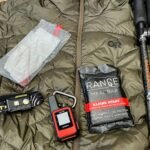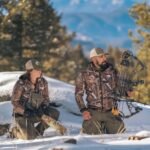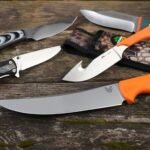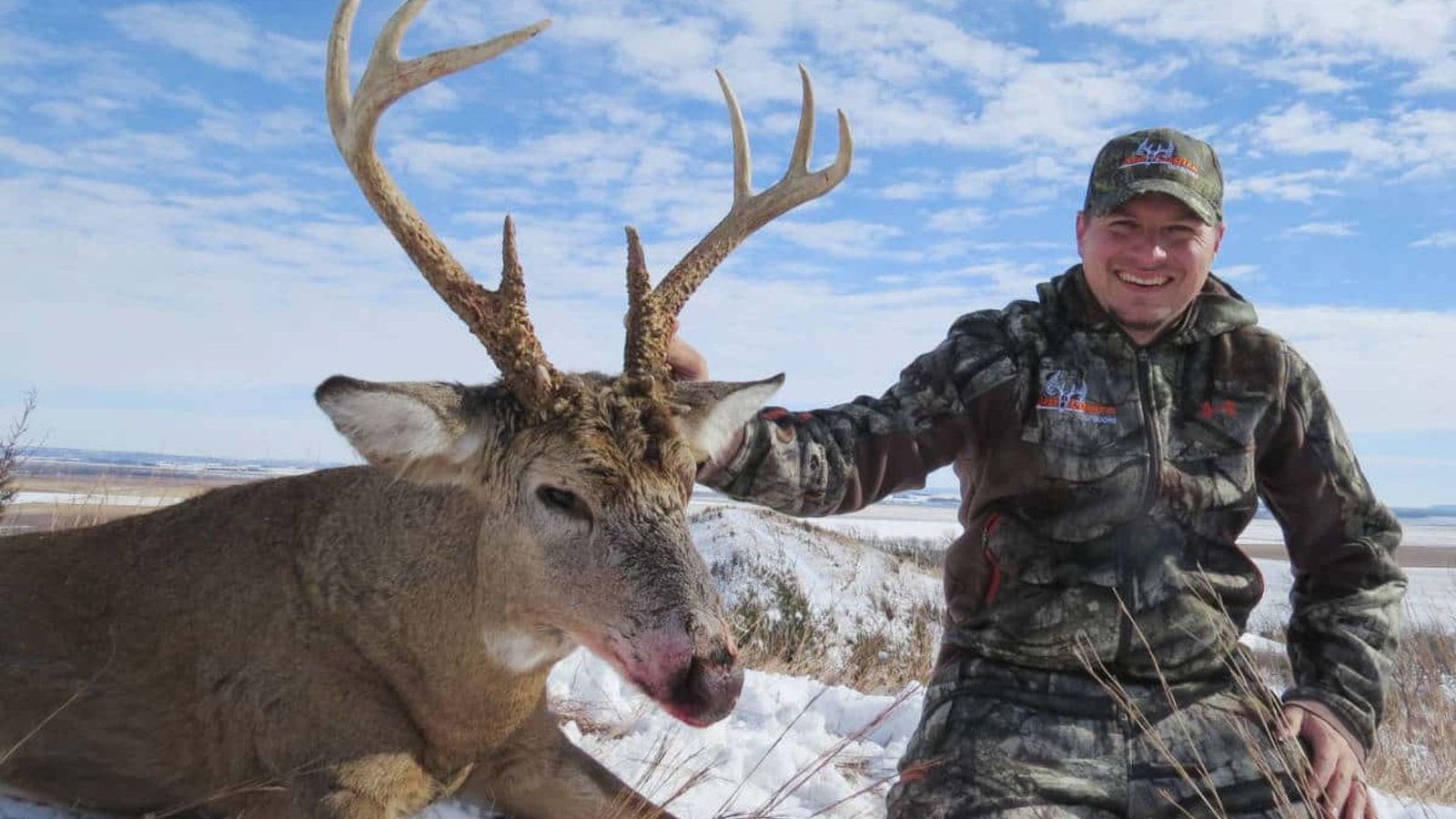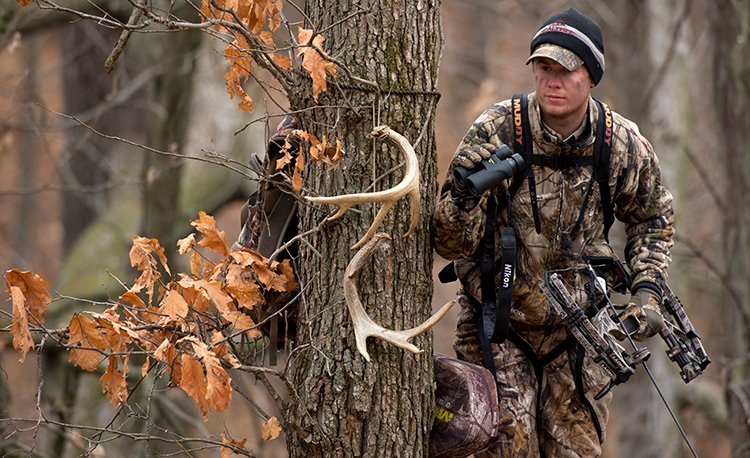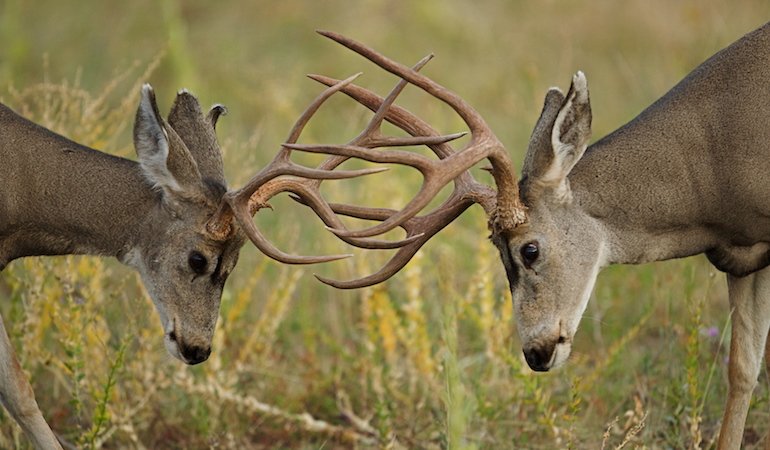Deer hunting requires a combination of patience, skill, and strategy. Whether you’re a beginner or have years of experience, adopting the right hunting strategies will increase your chances of a successful hunt. In this article, we’ll cover some of the most effective deer hunting strategies for success to help you improve your skills and enjoy a rewarding hunting experience.
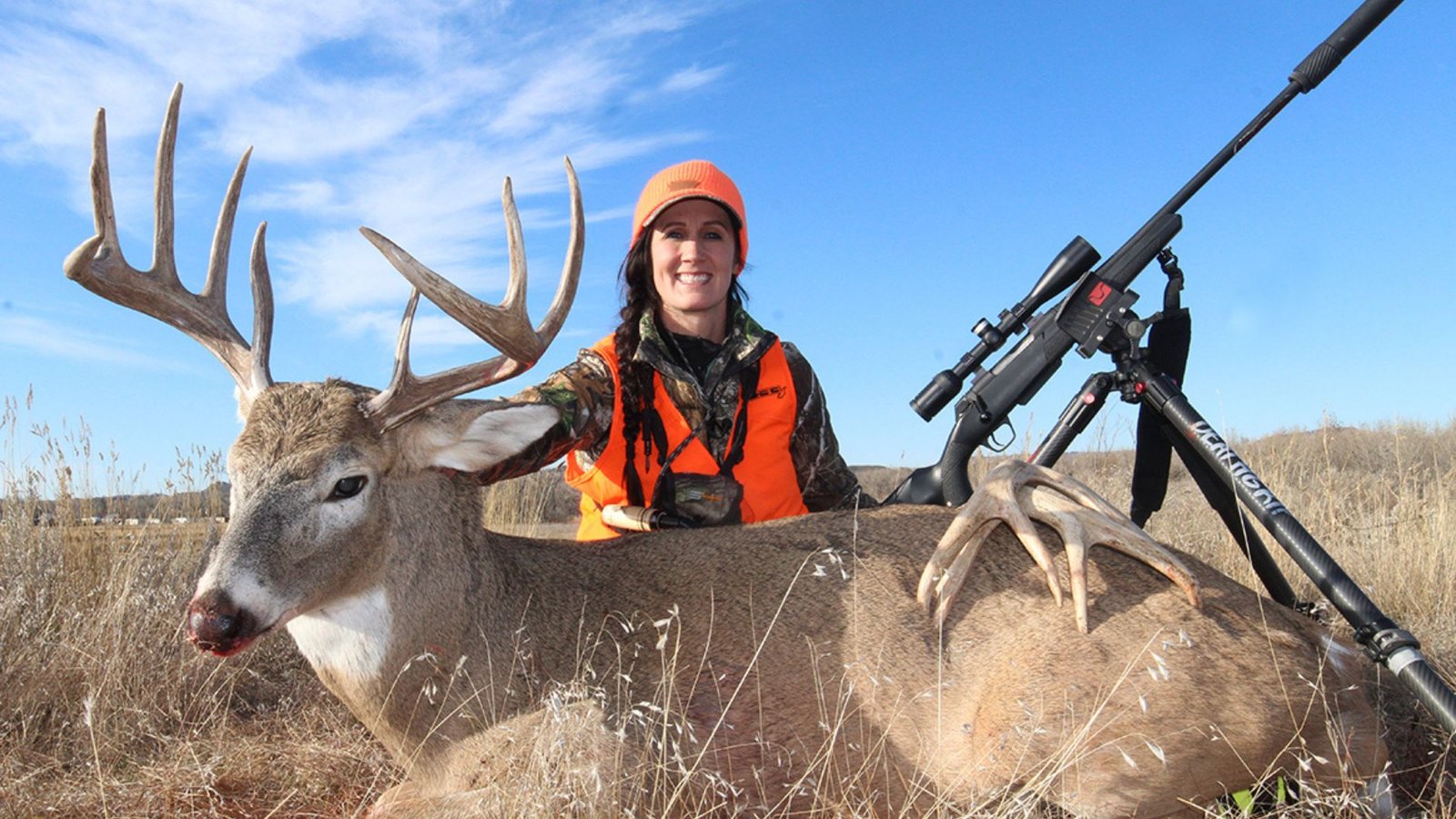
1. Scout the Area Before Hunting
Preparation is key to success in deer hunting. The best hunters don’t just walk into the woods; they take the time to scout the area first. Knowing the lay of the land and where the deer are most active can greatly increase your chances.
Look for Deer Trails
Deer use established trails to move between feeding and bedding areas. These trails are usually visible in the form of packed-down dirt or flattened grass. By identifying these trails, you can set up your stand or blind nearby, giving you a better chance to catch deer as they pass by.
Locate Food Sources
Deer need food, and they often gravitate toward areas with abundant vegetation, crops, or acorns. Scout for areas with natural food sources like oak trees, agricultural fields, or wild berries. If you can identify where the deer are feeding, you can plan your hunt accordingly.
Understand Bedding Areas
Deer like to bed down in quiet, secluded areas with dense cover. These areas are often near food or water sources. When scouting, try to locate these bedding areas so you know where to find the deer early in the morning or late in the evening.
2. Use the Wind to Your Advantage
Deer have an incredible sense of smell, which they use to detect predators. For this reason, wind direction is one of the most important factors in deer hunting.
Hunt with the Wind in Your Favor
Always hunt into the wind. This means that the wind will carry your scent away from the deer, preventing them from smelling you. Pay attention to the wind’s direction before heading out to the field and adjust your location to ensure that the wind works in your favor.
Consider Thermals
In the morning and evening, thermals—natural air currents—can also affect the way your scent travels. In the early morning, cold air sinks, and by the evening, it rises. Make sure to consider these factors when planning your approach to avoid giving away your position.
3. Be Silent and Stealthy
When it comes to deer hunting, stealth is essential. Deer are very sensitive to sound, and a loud noise can easily send them running. Being silent and patient is crucial for a successful hunt.
Move Slowly and Quietly
Take slow, deliberate steps when walking through the woods. Avoid breaking twigs or making sudden noises. Try to stay on soft ground, like grass or leaves, rather than hard, crunchy surfaces like rocks or gravel.
Stay Still When in Position
Once you’re in your stand or blind, remain as still and quiet as possible. Even small movements can be noticed by deer. Avoid fidgeting, and keep your gear and body hidden as much as possible.
Use Cover to Your Advantage
Use trees, bushes, or other natural features as cover. These can help conceal your movements and provide you with better opportunities for a shot. When moving, always position yourself so that you are not exposed.
4. Hunt During the Right Time
Timing is everything in deer hunting. Understanding when deer are most active and planning your hunt accordingly can improve your chances significantly.
Hunt at Dawn and Dusk
Deer are most active during dawn and dusk. These are the best times to hunt. Arrive early in the morning before the sun rises, and stay until the evening when the light begins to fade. Deer tend to move between their bedding areas and feeding areas during these hours, so your chances of encountering one are higher.
Take Advantage of the Rut
The rut, or mating season, is one of the best times to hunt deer. During this time, bucks are more active, moving around looking for does. Understanding when the rut is happening in your area will allow you to time your hunt for peak activity. You can use scent lures or grunt calls to attract bucks during this period.
5. Use Deer Calls and Scents
Deer calls and scents can be a powerful tool when hunting. Properly using these items can mimic deer behavior and attract them to your location.
Grunt Calls to Attract Bucks
A grunt call mimics the sound of a buck and can be used to attract other bucks. Use it when you hear a buck or when you want to get the attention of a distant one. The sound can imitate a dominant buck challenging another or signal interest in a doe.
Doe Bleats for Attraction
During the rut, using a doe bleat call can attract bucks looking for mates. This sound mimics the call of a doe in heat, which is irresistible to many bucks. However, use this call sparingly, as it can give away your location if overused.
Scent Lures
Deer have an excellent sense of smell, and using scent lures can help mask your scent or attract deer. You can use doe estrus urine to attract bucks or buck urine to mark territory. Be sure to apply scent carefully and avoid contaminating it with human scent.
6. Set Up a Hunting Stand or Blind
Setting up a hunting stand or blind in the right location is key to successful hunting. A well-placed stand allows you to observe deer movements and take a shot from a concealed position.
Elevated Tree Stands
A tree stand gives you an elevated position, making it easier to spot deer from a distance. It also gives you a better shooting angle. Make sure the stand is securely fastened and placed where deer frequently travel.
Ground Blinds
A ground blind can also be effective if you’re hunting in areas with dense cover. Set up your blind in a spot where deer are likely to pass. Make sure to keep it hidden from sight and avoid making noise when entering or exiting.
7. Practice Your Shot
Being ready when an opportunity arises is crucial in deer hunting. Before you go hunting, practice your shot regularly to ensure accuracy. Take time to familiarize yourself with your weapon, whether it’s a rifle or bow, and practice at different ranges.
Know Your Range
When hunting, make sure you can accurately judge distances. Most hunters prefer to take shots within 100 yards, but every hunter has different capabilities. Practice shooting from different positions to increase your confidence and accuracy when it matters most.
Focus on Vital Areas
When taking a shot, always aim for the deer’s vital areas—the heart, lungs, or neck. A well-placed shot ensures a quick and humane kill. Avoid shooting at moving deer, as this increases the chances of a missed shot.
Conclusion
To achieve deer hunting success, you need to combine knowledge, preparation, and patience. By scouting your area, understanding deer behavior, using the right gear, and following effective strategies like hunting during the right times and using calls and scents, you’ll improve your chances of a successful hunt. Remember, hunting is a skill that improves with time and experience, so don’t be discouraged if it takes a few tries to get it right. Stay focused, keep practicing, and enjoy the journey!



